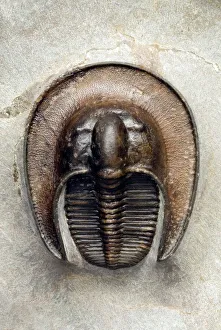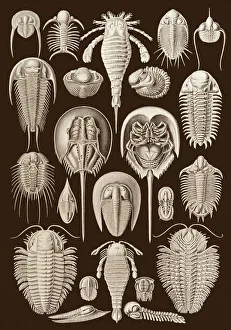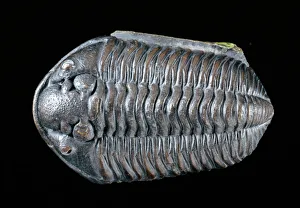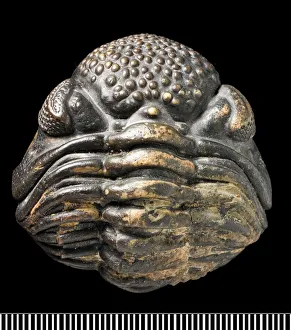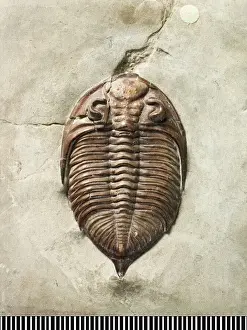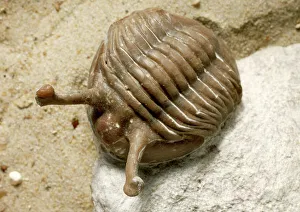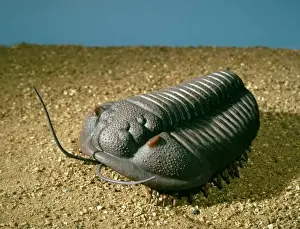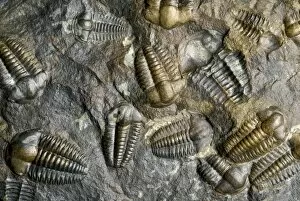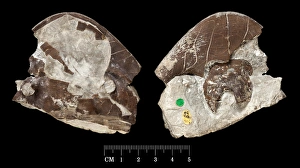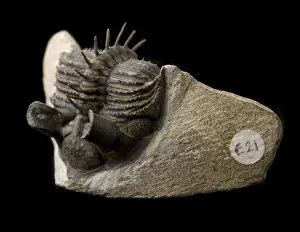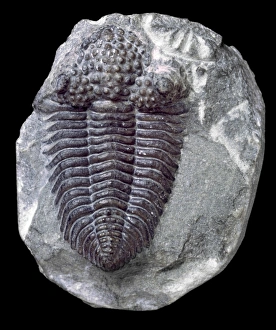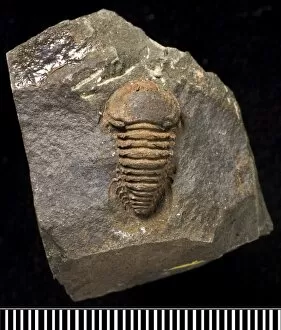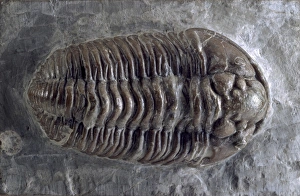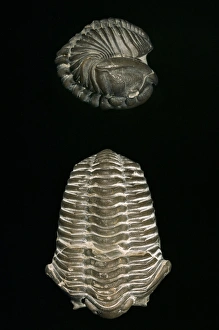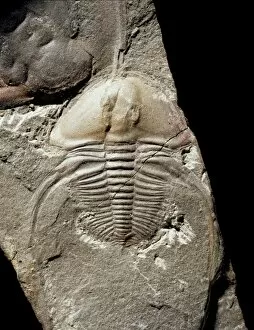Trilobita Collection
Trilobita, the ancient arthropods that once roamed the oceans, continue to captivate us with their intricate fossilized remains
All Professionally Made to Order for Quick Shipping
Trilobita, the ancient arthropods that once roamed the oceans, continue to captivate us with their intricate fossilized remains. Aspidonia's historical artwork from 1899 beautifully captures the essence of these remarkable creatures. One such trilobite species is Calymene blumenbachii brongniart, known for its distinctive features and widespread distribution in ancient seas. Phacops, another fascinating fossil trilobite, showcases its well-preserved exoskeleton that allows us to study its anatomy in detail. Similarly, Dalmanites provides a glimpse into the past with its unique characteristics and intriguing morphology. Amongst this diverse group of trilobites is Asaphus (Neoasaphus) kowalewskii - an extraordinary stalk-eyed species that stands out due to its peculiar eyes positioned on long stalks. Ogygiocaris also joins this lineup as a notable fossil trilobite with distinct traits that set it apart from others. The dorsal and ventral views of Isotelus platycephalus provide valuable insights into the external structure of this particular trilobite species. Meanwhile, Erbenochile erbeni (Alberti) exhibits impressive details preserved within its fossils, shedding light on their behavior and lifestyle. Trimerus adds yet another layer of intrigue to our understanding of these extinct marine creatures through its well-preserved remains. And let's not forget Encrinurus variolaris - a striking example showcasing the diversity within the trilobite family.

